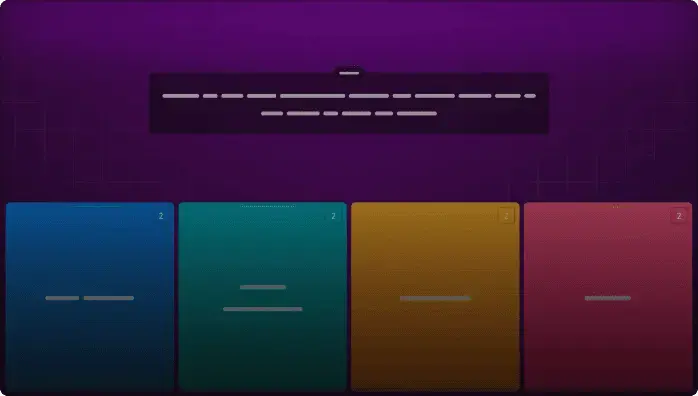
Computer Memory
Assessment
•
Deleted User
•
Computers
•
7th - 10th Grade
•
3K plays
•
Hard
Student preview

15 questions
Show answers
1.
Multiple Choice

Secondary storage
Main memory
Registers
Flash memory
2.
Multiple Choice

Random Alignment Memory
Read Access Memory
Random Access Memory
Read All Memory
3.
Multiple Choice

Read Only Memory
Random Option Memory
Read Once Memory
Random Operating Memory
4.
Multiple Choice

Inside the CPU
As part of the hard drive
On the motherboard
With the CD drive
5.
Multiple Choice

It retains its content when power is cut
It loses its contents when power is cut
It is not stable and should not be used
Memory chips can overheat
Explore all questions with a free account
Find a similar activity
Create activity tailored to your needs using
.svg)

Memory Hardware
•
7th - 10th Grade

Computer Memory Quiz
•
9th Grade

Computer Hardware(Memory Types)
•
8th - 9th Grade

Measuring Computer Memory
•
7th - 10th Grade

Computer Memory
•
8th - 10th Grade

Memory and Storage
•
9th - 11th Grade

Memory and Storage
•
7th - 12th Grade

Computer Memory and Storage Quiz
•
8th Grade